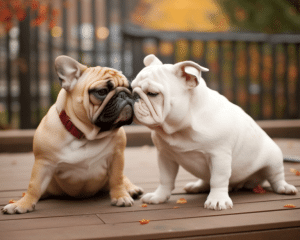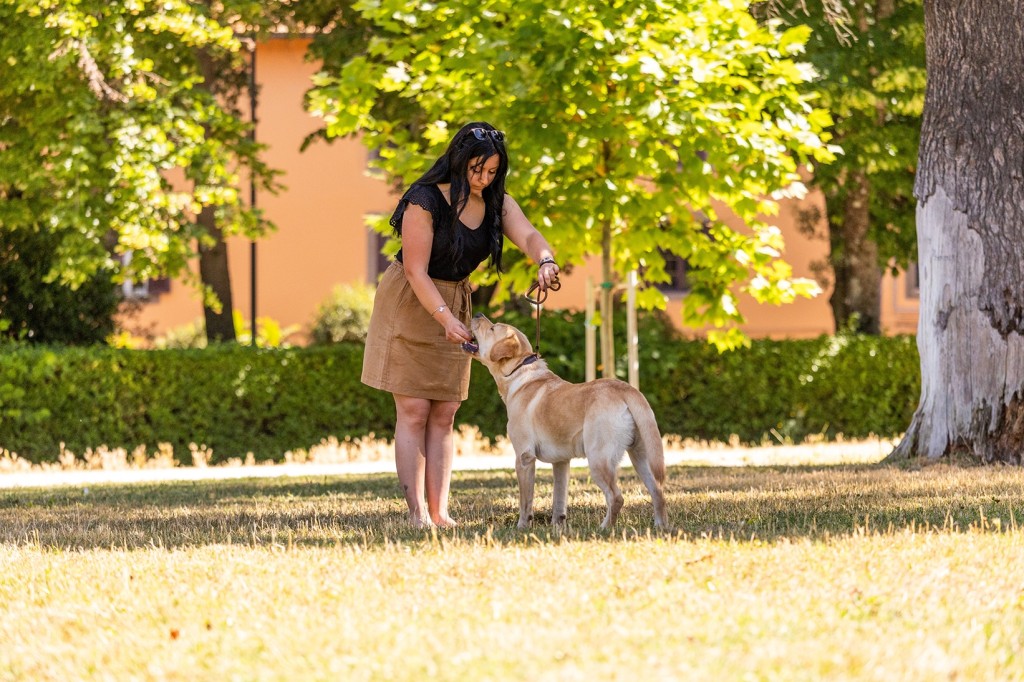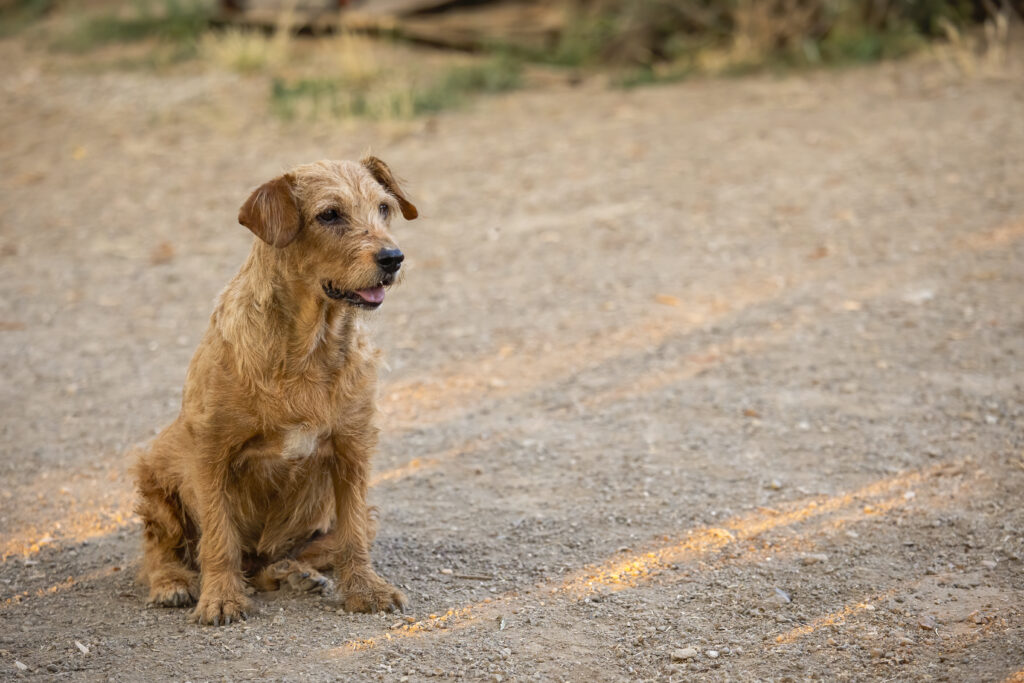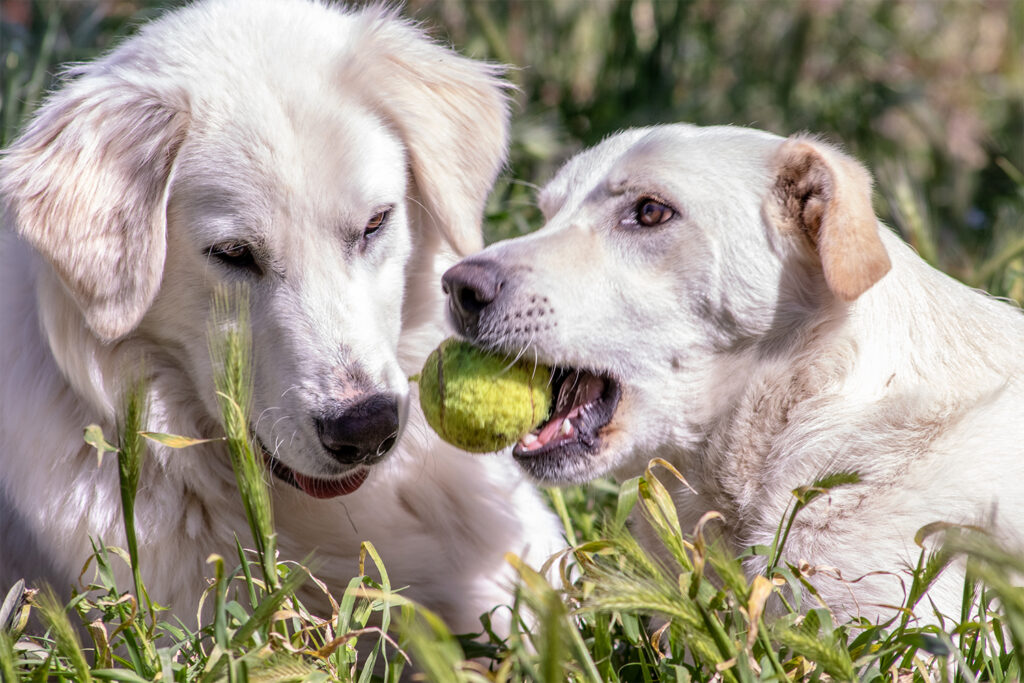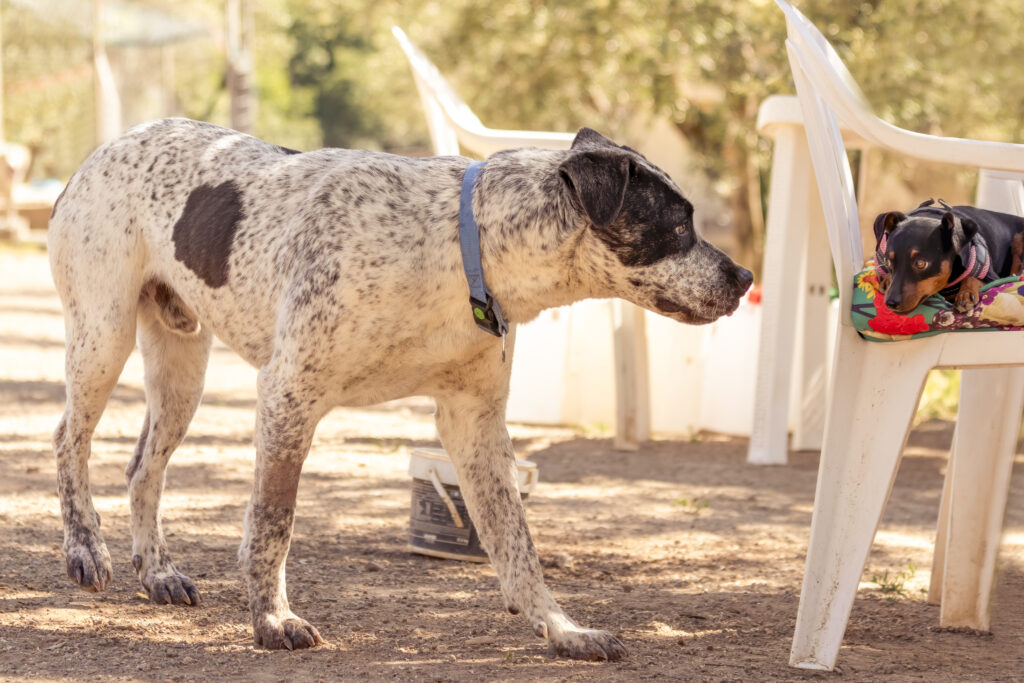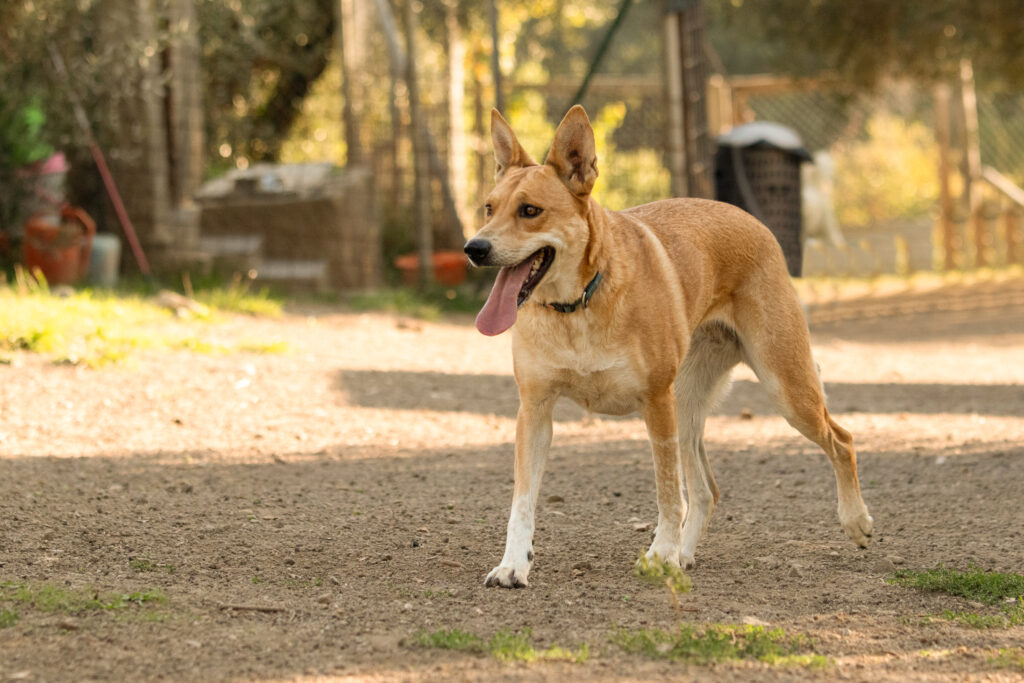Hello, fellow SnoutScoopers, it’s Niki here, your go-to gal for all things canine-coiffure. Today, we’re diving into the world of Poodles and their hair-raisingly unique grooming style. Yes, you guessed it – we’re talking about the famous (or infamous, depending on your perspective) Poodle ‘lion cut’.
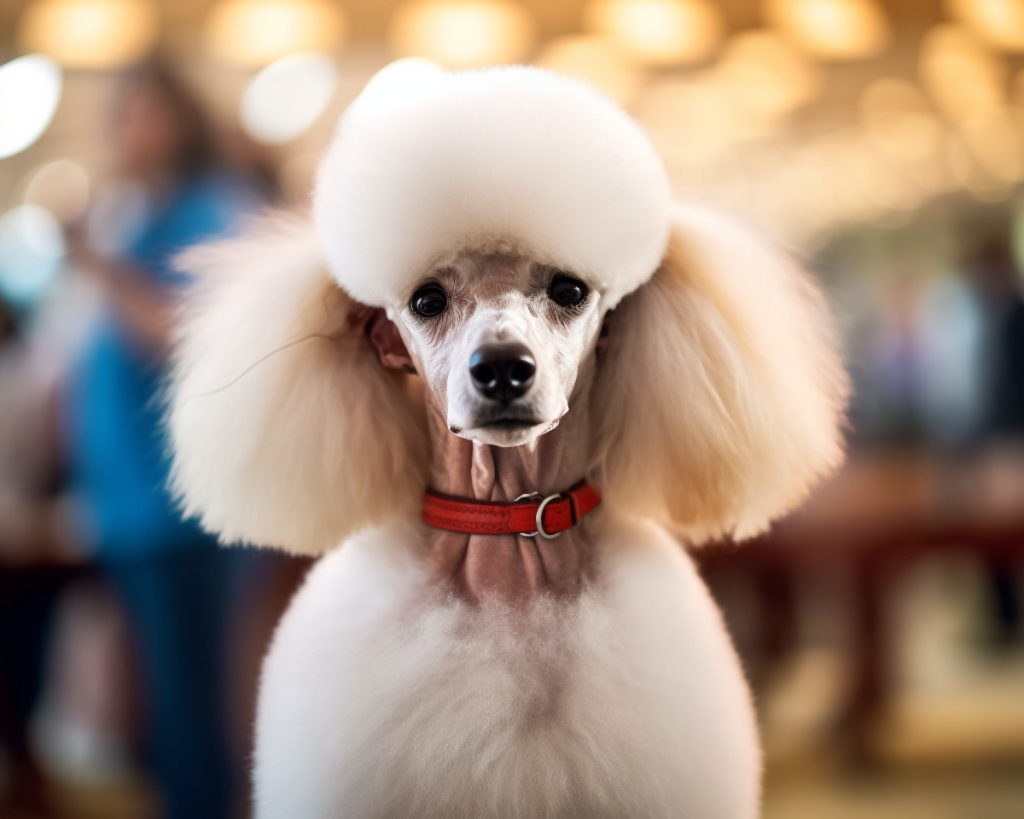
Now, I know what you’re thinking: “Niki, why would anyone want their dog to look like a cross between a show horse and a Vegas showgirl?” Well, dear readers, the answer to that question dives deep into the fascinating world of dog history, and the reason isn’t just about aesthetics or doggie fashion statements.
Think back to the last time you saw a Poodle with the lion cut. Did it make you chuckle? Did it make you cringe? Did you find yourself wondering, “Who in the doggone world decided this was a good idea?” You’re not alone, dear readers, but prepare to be surprised! The Poodle’s lion cut isn’t just a flamboyant fashion statement; it has deep roots in history and practicality..
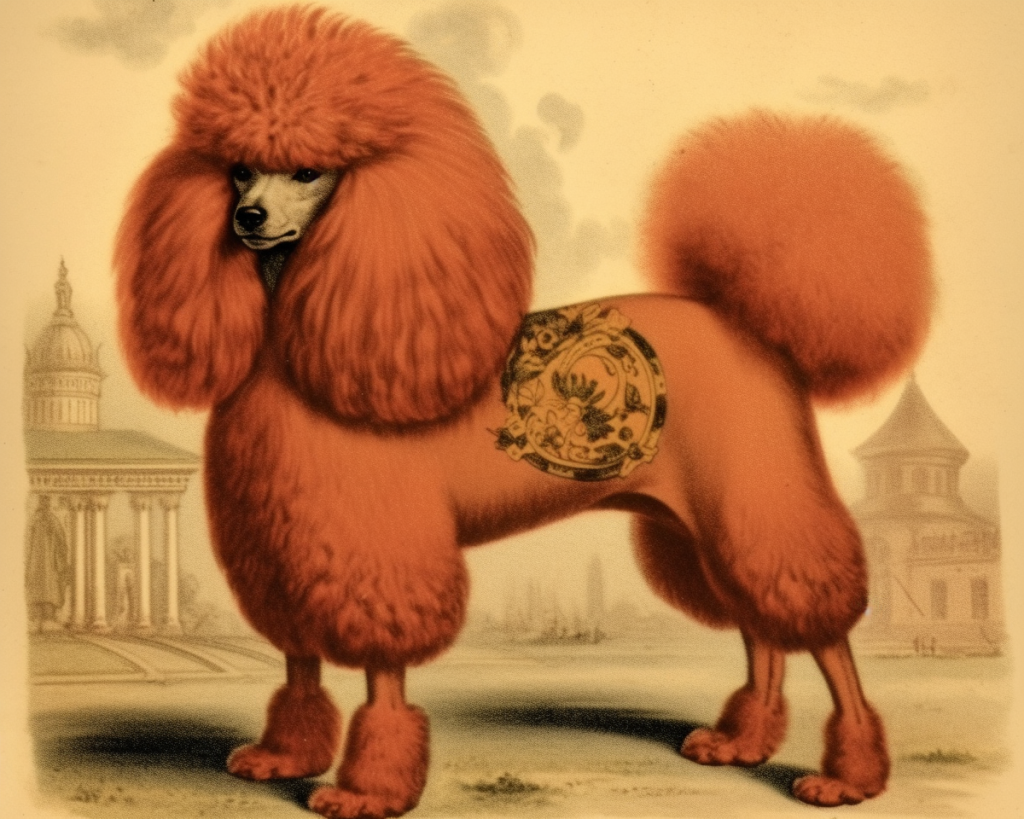
The lion cut wasn’t designed by an eccentric hairdresser with a flare for the dramatic, but rather by practical outdoorsmen aiming to enhance their dogs’ natural abilities. The areas left with longer hair – the chest, joints, and of course, that fabulous mane – were chosen to keep vital organs warm in chilly waters, protect joints from cold and injury, and ward off rheumatism. The top knot? That was to keep hair out of their eyes during their watery retrievals, with the added benefit of making their own pooch easy to spot from afar when adorned with a brightly colored ribbon.

Fast forward a few centuries and we land in 18th-century France, where Poodles swapped their water wings for the grandeur of the royal court. The nobility, always on the hunt for the next trend, molded their little companions’ hair into extravagant styles, even going so far as to mimic their own elaborate pompadours. This is where the lion cut began to truly take on the theatrical flair we associate with it today.
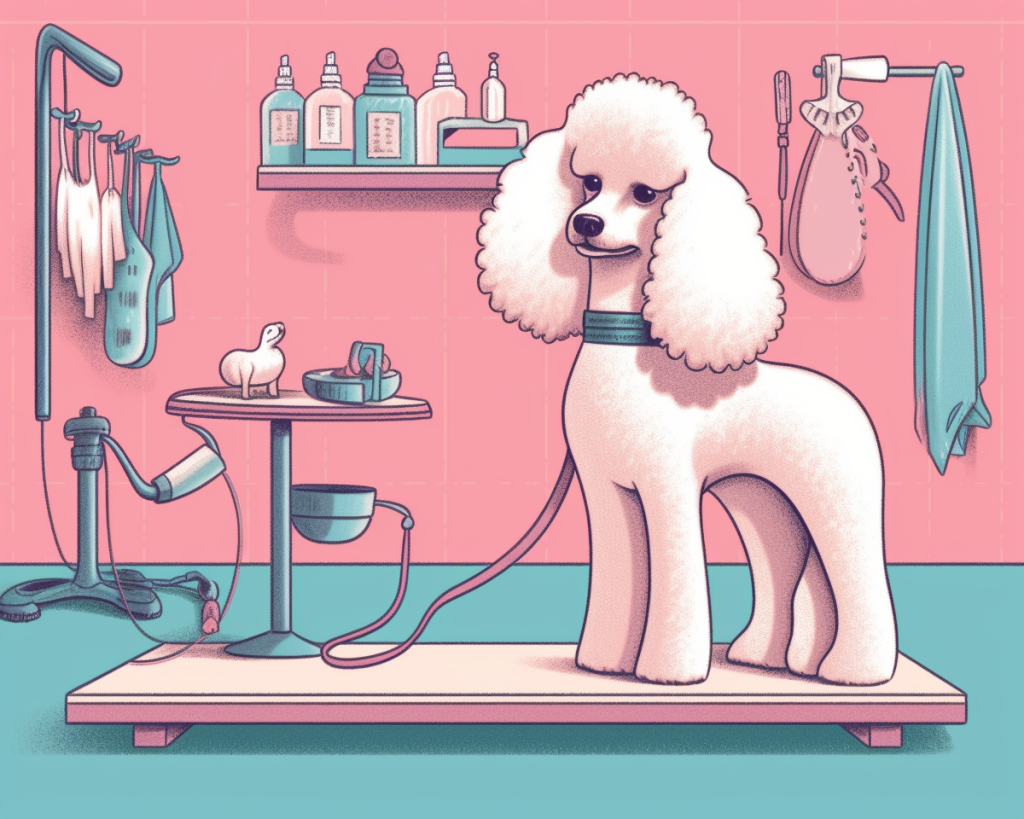
In our modern age, the lion cut has evolved into a symbol of breed standard, especially in the competitive world of dog shows. Show Poodles are expected to sport one of two coat patterns: the Continental or the English Saddle. Both of these cuts are designed to emphasize the Poodle’s ‘squareness,’ a key characteristic that show judges look for2.

To all our readers who might roll their eyes at the pomp and circumstance of the lion cut, remember this: prepping a show Poodle is no walk in the park. It takes considerable time and skill, including a ‘rough cut’ grooming two days before the event, and a meticulous styling session on the morning of the show.
So, the next time you see a Poodle strutting down the street in all its lion cut glory, don’t scoff. Instead, remember the history, the practicality, and the skill that goes into every snip and clip. The lion cut isn’t about vanity or a desire to turn heads (although it certainly does that!). It’s a nod to the Poodle’s rich history, from the murky waters of their hunting origins to the gleaming floors of the show ring.
Let’s celebrate the Poodles and their daring do’s, and remember, every snip, clip, and ribbon has a tale to tell. To all the lion cut Poodles out there: keep strutting, keep shining, and keep showing us that it’s okay to be a little extra.
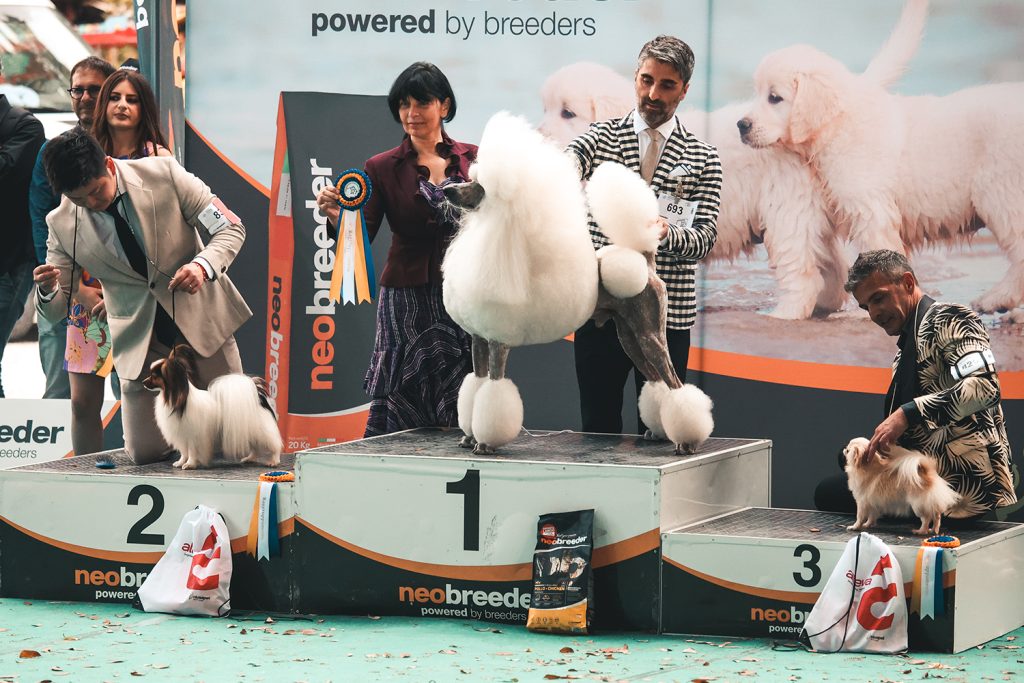
Who knows, maybe we can learn a thing or two from our Poodle pals. After all, they’ve embraced their unique style with grace and panache – perhaps we should do the same. So here’s to the Poodles, the lion cut, and the fascinating history of our furry friends. Staypawsitive and remember, every dog has its day (and its own unique haircut)!
Keep wagging those tails, SnoutScoopers, and remember: in the canine world, there’s always more than meets the eye! Stay curious, and until next time, happy scooping!
Sources :





